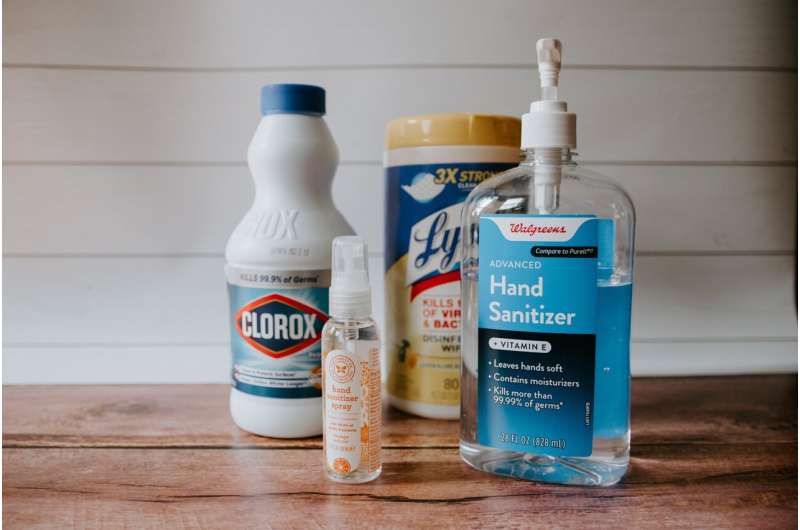
Unintentional injuries like falls, drownings and poisonings are the leading cause of death in patients ages 1–4, and a significant portion of these deaths are linked to unintentional ingestion—such as swallowing a drug or poison. New research shows racial and socioeconomic disparities exist in the emergency management of unintentional ingestions in children.
Black patients younger than age 6 with the diagnosis of unintentional ingestion were more likely than white children to have a social work consult, Children Services Bureau referral, and urine drug screen, according to a research abstract, “Disparities in the Emergency Evaluation and Management of Unintentional Ingestions in Preschool Children,” presented during the American Academy of Pediatrics 2024 National Conference & Exhibition at the Orange County Convention Center from Sept. 27–Oct. 1.
The research also found that children from poorer backgrounds (lower childhood opportunity index), those with higher severity of illness and pharmaceutical ingestions resulted in either a social work consultation, a Children Services Bureau referral, or both.
“This study is important in understanding where underlying bias exists in emergency departments and hospital management and where changes can be made to address this problem, thus providing equitable care for all children,” said principal investigator Jennifer Allen, DO, FAAP.
“These findings could be useful to health care workers in emergency departments to help develop a framework for standardized clinical decision making.”
Researchers examined the records of 4,411 patients, younger than age 6, who had unintentional ingestions between January 2013 and March 2024 identified by the International Classification of Disease in the electronic health record. They found:
- Most ingestions were non-pharmaceutical (56%)
- Patients with pharmaceutical ingestions had higher odds of a social work consult and a Children Services Bureau referral
- Independent of ingestion type, non-white children were more likely to have a social worker consult or Children Services Bureau referral
- White children were less likely to be exposed to cannabis
- Private insurance was associated with reduced odds of social worker or Children Services Bureau referral.
“This isn’t the only research to find racial disparities in the emergency department,” Dr. Allen said. “Disparity has been identified among different races regarding pain management for fractures and appendicitis in the emergency department.”
More information:
Abstract Title: Disparities in the emergency evaluation and management of unintentional ingestions in preschool children
Study author Dr. Jennifer Allen is scheduled to present this research from 2:30–2:40 p.m. Friday, Sept. 27, 2024, during the Section on Emergency Medicine program during the AAP’s National Conference and Exhibition.
Citation:
Racial disparities found to exist in emergency department treatment of children with unintentional ingestions (2024, September 27)
retrieved 27 September 2024
from https://medicalxpress.com/news/2024-09-racial-disparities-emergency-department-treatment.html
This document is subject to copyright. Apart from any fair dealing for the purpose of private study or research, no
part may be reproduced without the written permission. The content is provided for information purposes only.


